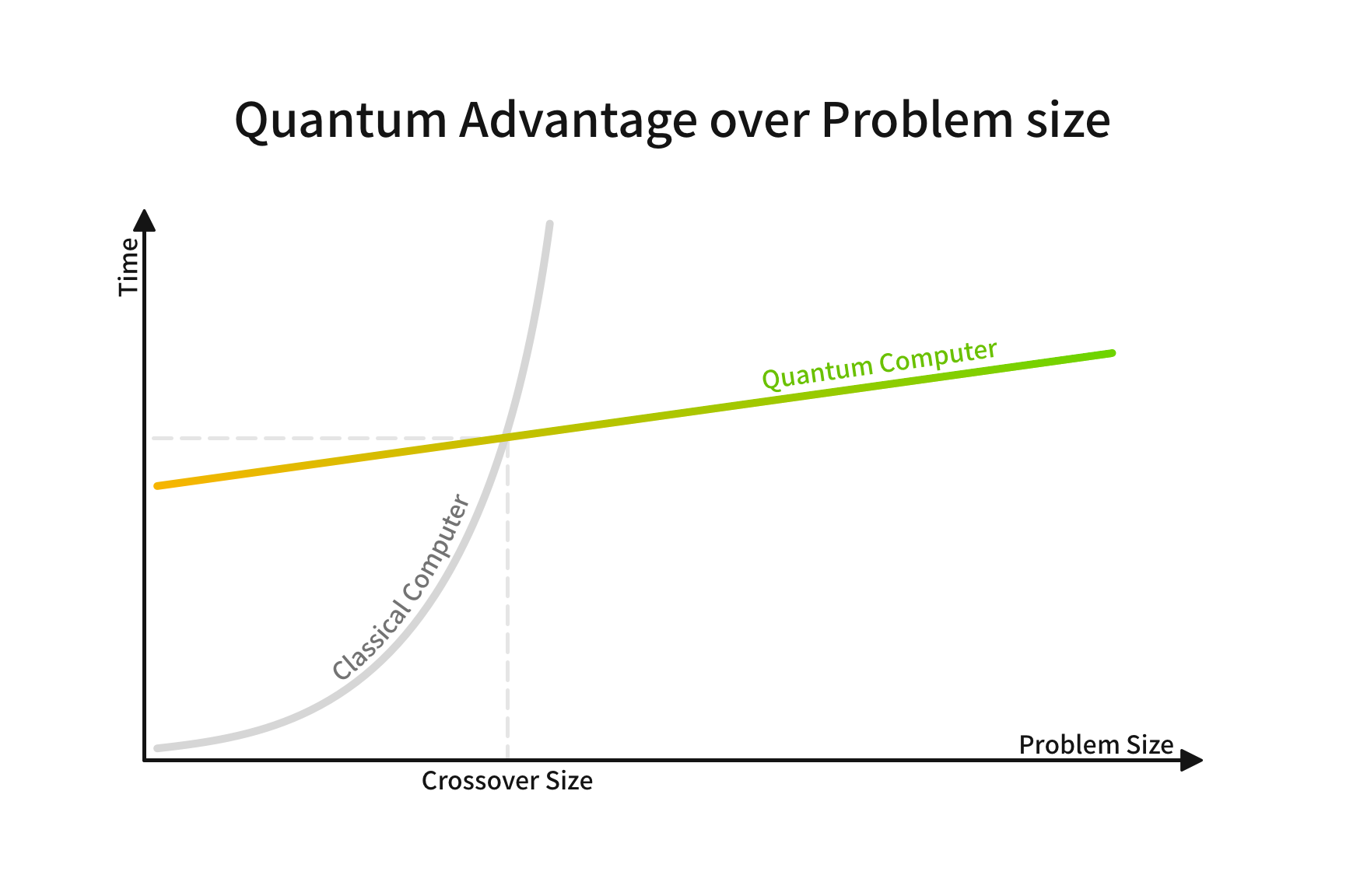What Is Quantum Computing and How Does It Differ from Classical Computing?
Dive into the Quantum Computing Universe: Uncover the Differences, Discover the Potential, and Navigate the Challenges of Quantum Computing.

Introduction
Quantum computing stands on the precipice of transforming the world of computer science as we know it. It promises to revolutionize our capabilities by harnessing the unique properties of quantum bits, or qubits. In this article, we’ll explore the fascinating realm of quantum computing and delve into the fundamental differences that set it apart from classical computing.
Understanding these distinctions is crucial as we enter an era where quantum computing’s potential is becoming increasingly tangible. Let’s embark on this journey by first establishing a solid foundation in classical computing.
Classical Computing
In the classical computing realm, information is represented using bits, which can take on one of two values: 0 or 1. These binary digits serve as the building blocks for all digital systems, and the operations performed on them are elementary, such as AND, OR, and NOT. Classical computing has been the backbone of modern technology, driving the devices and software we use every day. Yet, it has its limits, particularly when it comes to solving complex problems efficiently.
For example, classical computers struggle with factoring large numbers into their prime components, a task crucial for secure encryption. This is where quantum computing’s exceptional capabilities become evident.
Qubits - The Building Blocks
Quantum computing introduces a novel concept - the qubit, a quantum bit. Unlike classical bits, qubits can exist in a state of superposition, which means they can simultaneously represent both 0 and 1. This property enables quantum computers to perform a multitude of calculations in parallel.
Additionally, qubits exhibit a phenomenon known as entanglement. When qubits are entangled, the state of one qubit instantaneously influences the state of another, regardless of the distance separating them. This remarkable connection has profound implications for quantum computing.
Imagine flipping a classical coin: it’s either heads (0) or tails (1). Now, consider a quantum coin in superposition; it’s in a state where it’s both heads and tails simultaneously until measured, resulting in a unique probabilistic advantage for quantum computations.
Quantum Gates
Quantum gates are to quantum computers what logic gates are to classical computers. They are the basic building blocks for quantum operations. The key difference, however, lies in the quantum gates’ ability to manipulate qubits in ways classical gates cannot.
Quantum computers leverage quantum parallelism, a property where they can process numerous possibilities at once. While classical computers meticulously evaluate each option sequentially, quantum computers perform computations simultaneously, making them exceptionally powerful for specific tasks.
One of the most intriguing aspects of quantum computing is quantum interference. It occurs when quantum states combine and create interference patterns that allow certain solutions to reinforce while others cancel out. This constructive interference enhances the probability of obtaining the correct answer in quantum algorithms.
Quantum Algorithms
One of the most significant advantages of quantum computing lies in its ability to perform certain tasks exponentially faster than classical computers. Two prominent examples are Shor’s algorithm and Grover’s algorithm.
Shor’s algorithm and Grover’s algorithm are two powerful tools in quantum computing. Shor’s algorithm can factor large numbers into their prime components much faster than classical computers by using quantum tricks like modular exponentiation and quantum Fourier transforms. It breaks down complex problems efficiently. On the other hand, Grover’s algorithm speeds up searching tasks, like finding items in an unsorted list. It does this by narrowing down the possibilities faster than classical methods through amplitude amplification and phase inversion. These algorithms show how quantum computing can solve tough problems more quickly and efficiently.

The graph above shows how quantum computers get exponentially efficient as the problem size grows. Although ordinary tasks are done much faster by classical computers, quantum computers can be shockingly faster in certain tasks that are very complex in classic computing.
Impacts on Cryptography
The impact of quantum computing on the field of cryptography is substantial. Classical encryption methods, such as RSA, rely on the computational complexity of certain mathematical problems, including factoring large numbers. Shor’s algorithm, as mentioned earlier, can break this encryption efficiently, posing a potential threat to the security of our digital communication.
To address this challenge, researchers are working on post-quantum cryptography. These cryptographic methods are designed to resist attacks from quantum computers. They aim to secure our data and communication channels in a quantum computing era.
The transition to post-quantum cryptography is a significant undertaking and emphasizes the urgency of understanding the differences between quantum and classical computing.
Challenges
While the potential of quantum computing is exhilarating, it’s not without its challenges. Two key issues are quantum noise and error correction and the state of quantum hardware.
Quantum computers are exceptionally sensitive to external influences. Even small disturbances can cause errors, making them unreliable for complex computations. Error correction techniques are being developed to mitigate these issues, but they add significant overhead to quantum computations.
In terms of quantum hardware, current technology is still in its infancy. Quantum processors are delicate and require extremely low temperatures to operate. Building large-scale, practical quantum computers is a complex engineering challenge, and we are in the early stages of development.
However, with ongoing research and investments, these challenges may be overcome, bringing us closer to realizing the full potential of quantum computing.
Applications
The promise of quantum computing extends beyond the theoretical realm. It has the potential to revolutionize various industries. Two prominent areas where quantum computing is poised to make a significant impact are drug discovery and material science.
In drug discovery, quantum computing can simulate complex molecular interactions with a level of precision and speed that classical computers can’t match. This could significantly accelerate the development of new drugs, potentially saving countless lives.
In material science, quantum computing offers the ability to model and optimize the properties of materials at the quantum level. This has the potential to lead to the development of new materials with extraordinary properties, transforming industries ranging from electronics to energy production.
The practical applications of quantum computing are exciting, and as the technology matures, we can expect to see more industries benefiting from its capabilities.
Conclusion
In conclusion, quantum computing is a revolutionary field that offers a new paradigm of computation. Its fundamental differences from classical computing, including the use of qubits, quantum gates, and the unique phenomena of superposition and entanglement, make it a potent tool for specific tasks.
Quantum algorithms like Shor’s and Grover’s have the potential to disrupt various fields, particularly in cryptography and database searching. However, they also pose challenges, such as the need for robust error correction and the development of practical quantum hardware.
As quantum computing advances, it will find applications in drug discovery, material science, and more, transforming various industries. Staying informed about this emerging field and its potential impact is essential for those in the tech and science communities.
The future of quantum computing is promising, and as it continues to evolve, we’ll witness its remarkable contributions to science, technology, and society as a whole.
